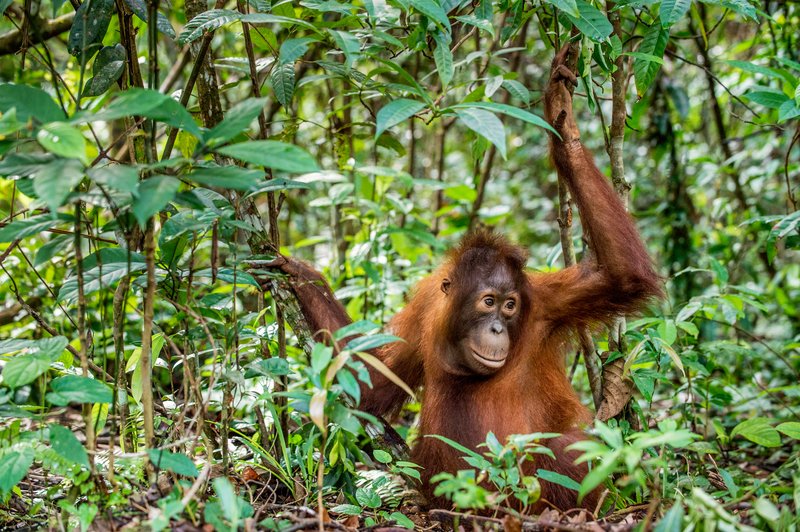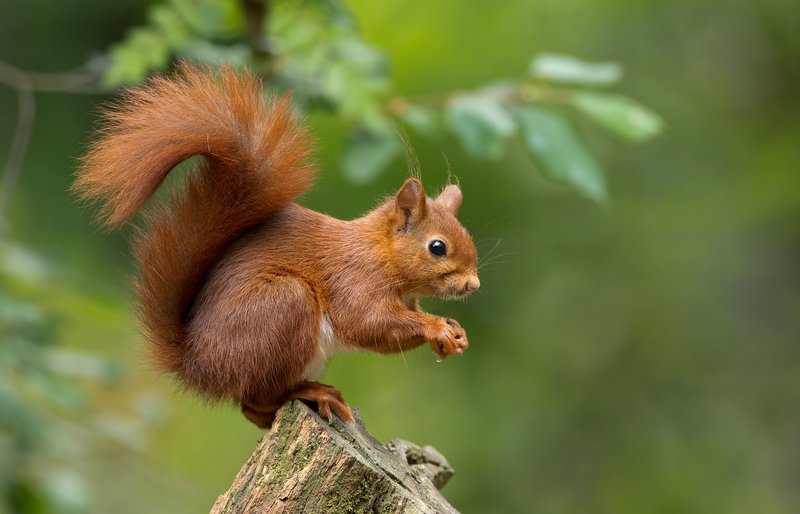We aim to give food for thought as well as inspiring your creativity and
providing practical ideas you can’t wait to implement in your own settings!
Go Wild on Endangered Species Day
Whether your pupils are elephant enthusiasts, frog fanatics or leopard lovers, animals are a constant topic of classroom conversation! Endangered Species Day provides you and learners with an invaluable opportunity to think deeply about animal welfare, wildlife conservation and the importance of protecting our planet’s biodiversity. To help you make the most of this thought-provoking day, we’ve compiled a list of creative cross-curricular activities, designed to make wide-ranging links to learning and inspire the next generation of zoologists.

What is Endangered Species Day?
First celebrated in 2006, Endangered Species Day originated in the United States but is now acknowledged all over the world. The day is intended to raise awareness about endangered animals and threatened habitats, encouraging urgent action to support their protection and safeguard their futures. This year’s celebration also signifies the 50th anniversary of the Endangered Species Act, giving you even more reason to devote some teaching time to this increasingly important day.

How can we acknowledge Endangered Species Day?
1. To link Endangered Species Day to your English teaching, why not share a topical story with your pupils? ‘Red Alert!: 15 Endangered Animals Fighting to Survive’ written by Catherine Barr and illustrated by Anne Wilson is a wonderful choice for this purpose. To extend learning even further, why not ask a Year 2 class to create a fact file about an endangered animal of their choice or even write a persuasive letter to advocate for its protection?
2. For an extra engaging Maths lesson, use endangered animals to compare and order quantities! In Year 1, you could provide pupils with pictures of a range of endangered species (e.g. an African forest elephant) and ask them to sort the pictures into different animal groupings (e.g. mammals). Children can consider the sizes of these groups and use mathematic language like ‘more’, ‘most’, ‘less’, ‘least’ and ‘equal’ to compare them.
3. There are endless opportunities to think about Endangered Species Day in Science lessons. In Year 4, it’s a great way to enhance learning about habitats and living things, encouraging pupils to think about how environments can change and the dangers this may pose to animals. Many species are endangered largely due to the destruction of their habitats by humans, such as Bornean orangutans, giant pandas and monarch butterflies.
4. To help you get historical in Key Stage 2, you could even create a whole-class timeline of animal extinction. As well as building children’s knowledge about species which no longer exist, this activity will prompt pupils to consider the future fate of critically endangered animals and what can be done to save them. For instance, there are less than 80 Javan rhinos left on Earth and they may go extinct in as little as ten years time.
5. Geography lessons are another ideal occasion to maximise learning on Endangered Species Day. To support children’s locational knowledge and geographical skills, provide a Key Stage 2 class with atlases and ask pupils to create maps which show the global locations of a range of different endangered animals’ habitats. Can your learners spot any patterns in where these habitats are located? Check out our Teacher Resources page about Collins Atlases for even more inspiring ideas!
6. For a lovely Key Stage 1 Art activity which thinks a bit more locally, learn about one of the UK’s endangered animals and create your own eco-friendly red squirrels out of cardboard tubes! Alternatively, think further afield and create sustainable, little sea turtles out of egg boxes. As well as being lots of fun, these activities will encourage learners to consider how we can recycle discarded materials and protect the planet in the process.
7. To get really creative, why not learn about Endangered Animals Species Day through the medium of music and dance? This would work brilliantly in the EYFS, supporting children’s expression, imagination and physical development. Our Little Hands Percussion Kit could be used to mimic a range of animal sounds, such as a loud, stomping Sumatran elephant! Children could also embody the movements of different endangered creatures, like a waddling Galapagos penguin.
8. Pupils often learn the names of common pets in Key Stage 2 Languages lessons, but this can easily be expanded to incorporate endangered animals too! In French, children could learn the names for un gorille, un rhinoceros and un leopard, while in Spanish they could focus on the words for un tigre, un orangutan or un rinoceronte! Keep your eyes peeled for new WOW lessons coming soon from our lovely Languages writer, Kate Clifton.
